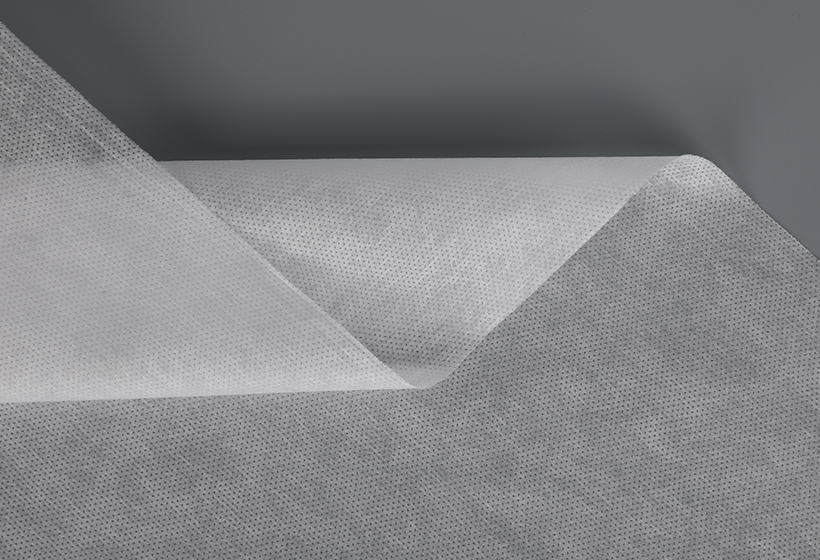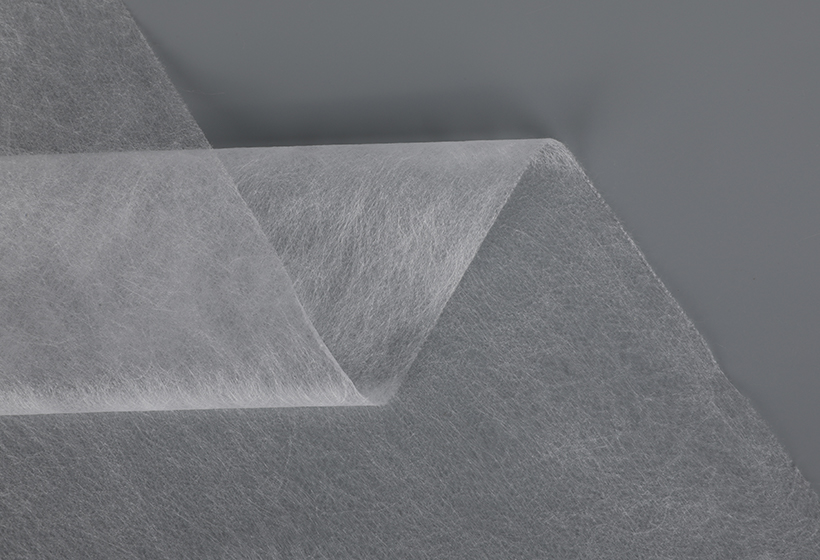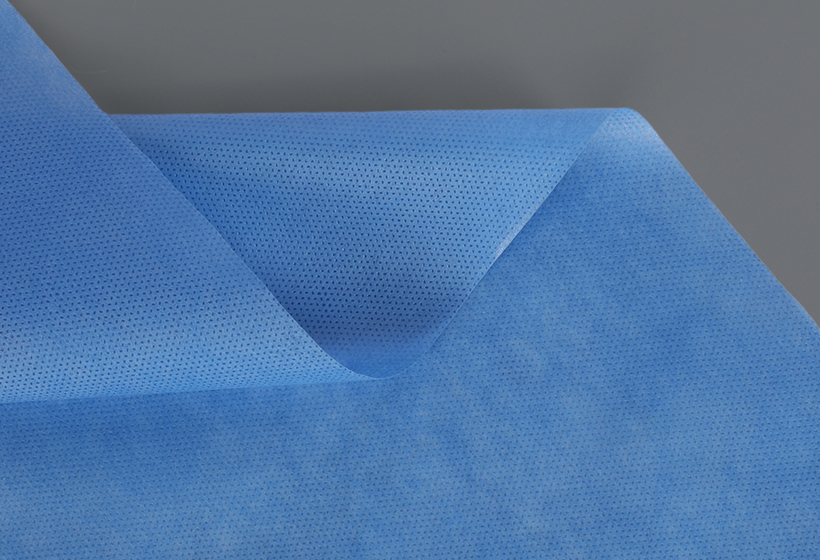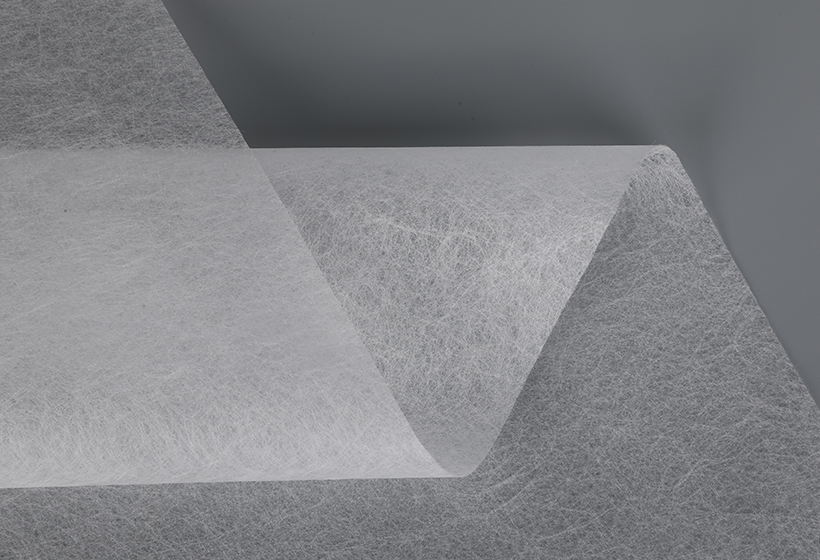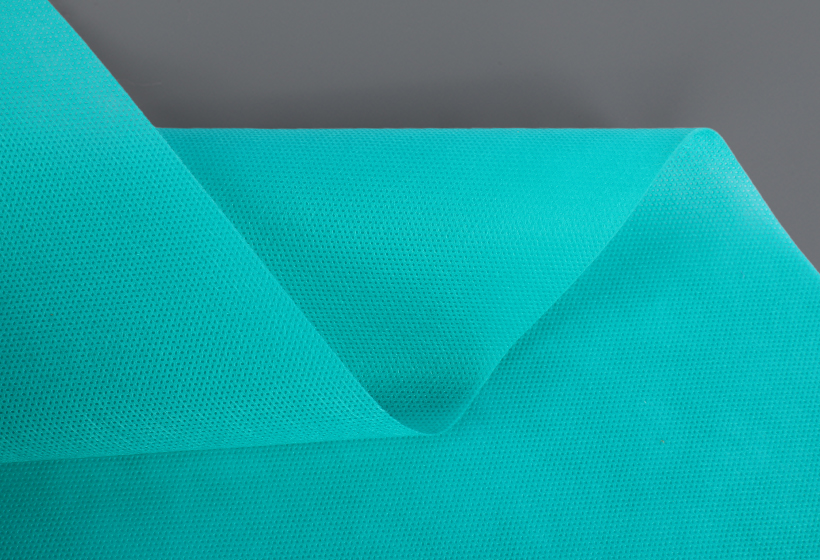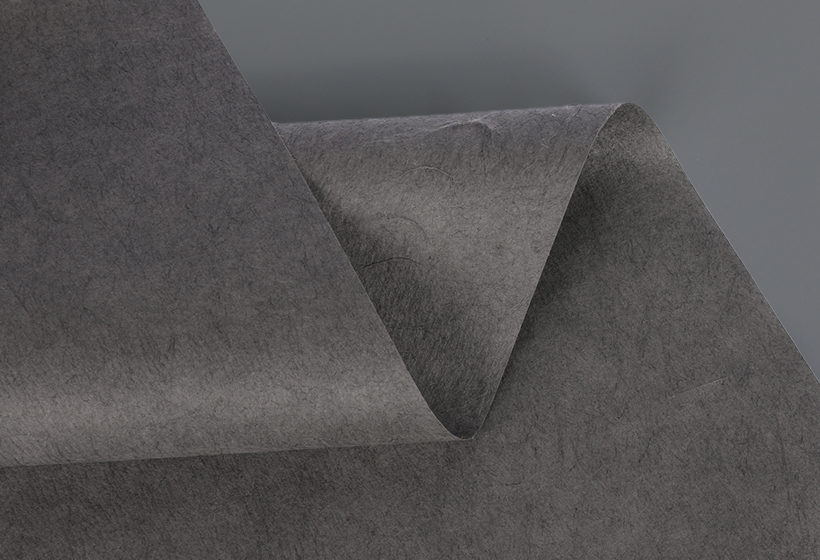The Benefits of PLA Nonwoven Fabric
The benefits of PLA Nonwoven Fabric are numerous. These fabrics are environmentally friendly and degradable, meaning that they do not pollute water and do not burden the atmosphere like plastics. Additionally, they are renewable and can be made into new products. Because of these properties, PLA Nonwoven Fabrics can be used in a variety of fields, from clothing and home textiles to agriculture and healthcare. As more countries move towards a sustainable lifestyle, the popularity of biodegradable materials such as PLA Nonwoven Fabric is increasing.
One example of a nonwoven fabric made of PLA is the BioArmour blood pressure cuff shield, developed by Biovation. This is a non-sterile protective liner, which lasts through a 24-hour use by multiple patients. Its design allows for minimal contact with the blood pressure cuff, and therefore mitigates the spread of pathogens.
The biodegradable properties of PLA nonwovens make them particularly suitable for healthcare applications, such as surgical dressings and medical implants. The nonwoven material can be degraded into lactic acid, which is naturally present in the body. Once in the body, medical implants made from PLA break down, gradually transferring the load to the bone as the area heals. Many hospitals use cloth and paper products for sterile purposes in order to reduce transmission of pathogens. In addition to their biodegradability, these materials are easier to handle.
PLA Nonwoven Fabric is more versatile than conventional nonwovens. It can be incorporated with antimicrobial and antifungal agents. It can be used to produce sanitary napkins, household diapers, and even quilts. Its ability to absorb oil and impurities means that it can help prevent infections.
Another advantage of PLA nonwoven fabrics is that they are 100% biodegradable and environmentally friendly. The use of corn fiber in PLA nonwoven fabric helps reduce petroleum-based products, and is highly eco-friendly. It is also fire-retardant and antibacterial. Its biodegradable properties make it a popular choice for nonwoven fabrics.
Nonwovens have been transforming the world in a variety of industries. They are now used in kitchens, bathrooms, bedrooms, and even living rooms. They are soft to touch and do not damage surfaces. They are also affordable and environmentally-friendly. They can extend the life of your carpet by preventing bacterial and mold growth, and can also improve installation and repair.
Nonwoven fabric is also a good option for medical supplies, including hospital bed sheets, surgical gowns, and surgical drape sheets. These nonwoven materials have many advantages, including their light weight, soft hand feel, and respiratory performance. For these reasons, nonwoven fabrics are becoming increasingly common in the medical industry.
Nonwoven fabrics are manufactured by putting small fibers together in sheets or webs. This process is similar to the process of making paper. The fibers are placed together without weaving or knitting, and are then bonded with adhesive or a thermoplastic resin. There are only a few common characteristics of these fabrics, and nonwoven fabrics can be reverse engineered to meet a functional requirement.


 English
English Español
Español
